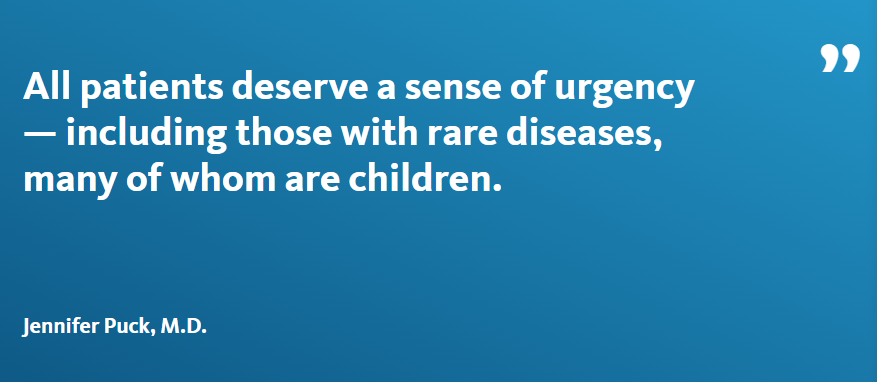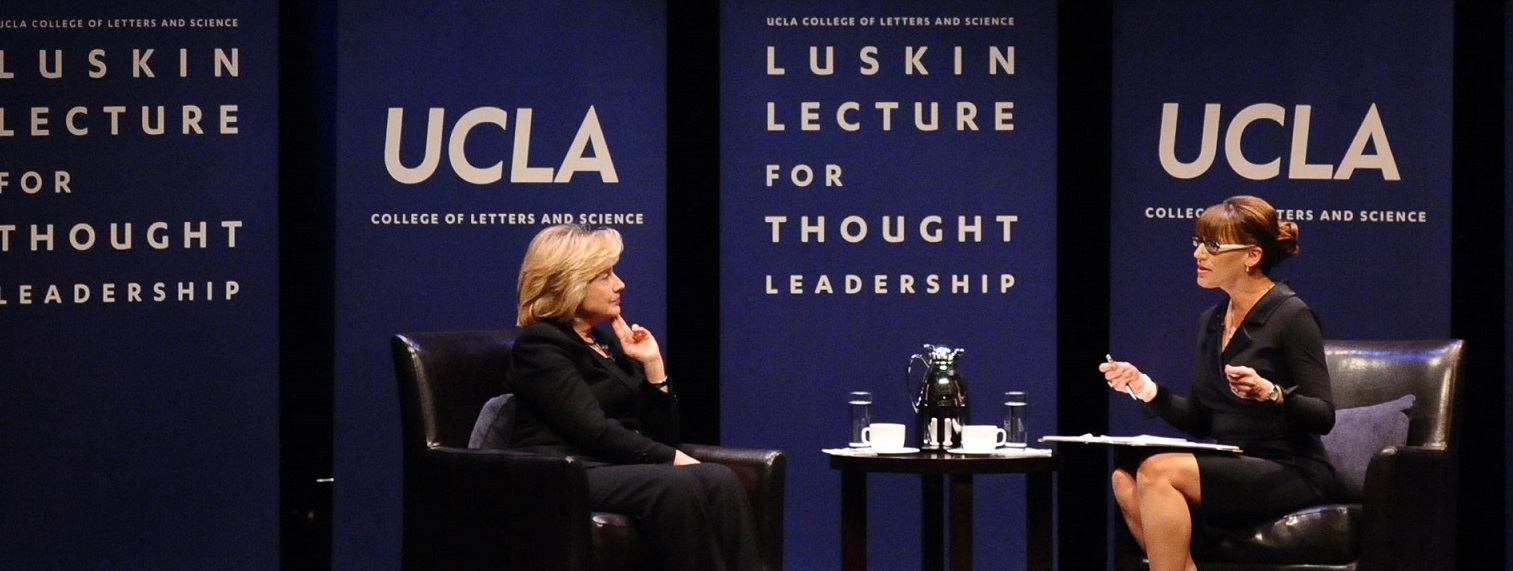
The new Danaher-IGI Beacon for CRISPR Cures center will use genome editing to address potentially hundreds of diseases, including rare genetic disorders that have no cure. The goal is to ensure treatments can be developed and brought to patients more quickly and efficiently.
新的Danaher-IGI CRISPR治疗中心将使用基因组编辑来治疗数百种疾病,包括无法治愈的罕见遗传疾病。目标是确保能够更快、更有效地开发治疗方法并将其提供给患者。
The IGI comprises genetics researchers and clinician experts from three University of California campuses: UCSF, UCLA and UC Berkeley, where the institute is housed, as well as other research institutions. Danaher will provide tools, reagents, resources and expertise to accelerate preclinical and clinical development and establish new standards for safety and efficacy.
IGI由遗传学研究人员和临床专家组成,他们来自加州大学的三个校区:加州大学旧金山分校、加州大学洛杉矶分校和加州大学伯克利分校,以及其他研究机构。Danaher将提供工具、试剂、资源和专业知识,以加速临床前和临床开发,并建立新的安全性和有效性标准。
The center will work first on CRISPR treatments for two genetic defects of the immune system: familial hemophagocytic lymphohistiocytosis (HLH), which causes immune cells to become overactive, damaging tissues and organs throughout the body; and Artemis-deficient severe combined immunodeficiency (ART-SCID), in which T and B lymphocytes fail to mature, making infants vulnerable to fatal infections.
该中心将首先对两种免疫系统遗传缺陷进行CRISPR治疗:一种是家族性噬血细胞性淋巴组织细胞增多症(HLH),它会导致免疫细胞过度活跃,损害全身组织和器官;阿尔忒弥斯缺陷严重联合免疫缺陷(ART-SCID),即T淋巴细胞和B淋巴细胞未能成熟,使婴儿容易受到致命感染。
The standard treatment for both conditions, a bone marrow transplant, is inadequate due to frequent complications.
骨髓移植是治疗这两种疾病的标准治疗方法,但由于并发症频繁,这是不够的。

“With CRISPR, we can speed up the development of improved therapies that can reach all the patients who need them,” said Jennifer Puck, M.D., a pediatrics professor who directs the UCSF Jeffrey Modell Diagnostic Center for Primary Immunodeficiencies and is a faculty member at UCSF’s Institute for Human Genetics. “All patients deserve a sense of urgency – including those with rare diseases, many of whom are children.”
“有了CRISPR,我们可以加快改进疗法的发展,让所有需要的病人都能得到治疗,”医学博士詹妮弗·帕克(Jennifer Puck)说,她是UCSF杰弗里·莫德尔原发性免疫缺陷诊断中心的儿科教授,也是UCSF人类遗传学研究所的教员。“所有患者都应该有紧迫感,包括那些患有罕见疾病的患者,其中许多是儿童。”
Since the CRISPR platform being created at IGI could, in theory, be reprogrammed to address any gene mutation, the goal is to use treatments for HLH and ART-SCID as models to develop a scalable approach from which new medicine for other genetic diseases can be rapidly developed.
从理论上讲,由于IGI创建的CRISPR平台可以重新编程以处理任何基因突变,因此其目标是将HLH和ART-SCID的治疗方法作为模型,开发一种可扩展的方法,从而可以快速开发用于其他遗传疾病的新药。
“The unique nature of CRISPR makes it ideal for developing and deploying a platform capability for CRISPR cures on demand,” said Fyodor Urnov, IGI’s Director of Technology and Translation, who is overseeing the project along with Doudna and IGI Executive Director Brad Ringeisen. “Danaher and the IGI are in a unique position to potentially create a first-of-its-kind CRISPR cures ‘cookbook’ that could be used by any team wishing to take on other diseases.”
IGI的技术和翻译总监Fyodor Urnov说:“CRISPR的独特性使其成为开发和部署按需治疗CRISPR的平台能力的理想选择。”他与Doudna和IGI执行董事Brad Ringeisen一起监督该项目。“丹纳赫和IGI处于一个独特的位置,有可能创造出一种首创的CRISPR治疗‘食谱’,任何希望治疗其他疾病的团队都可以使用它。”
ART-SCID and HLH are typical of many rare diseases in that they have small patient populations, making drug development challenging and cost prohibitive. On average, it takes 10 years for a single clinical trial.
ART-SCID和HLH是许多罕见疾病的典型,因为它们的患者群体很小,使得药物开发具有挑战性且成本过高。一项临床试验平均需要10年的时间。
HLH and ART-SCID are two examples of a class known as inborn errors of immunity or IEIs. Each IEI is very rare, but collectively there are about 500 such diseases affecting more than 112,000 patients.
HLH和ART-SCID是先天免疫错误的两个例子。每一种IEI都非常罕见,但总共有大约500种这样的疾病,影响超过11.2万名患者。
“We can develop CRISPR cures in a laboratory, but at the end of the day we need a way to turn those into clinical products for thousands of patients,” says IGI founder Jennifer Doudna, Ph.D., a UC Berkeley biochemist who won the Nobel Prize for co-developing CRISPR.
“我们可以在实验室里开发CRISPR疗法,但最终我们需要一种方法将这些疗法转化为临床产品,为成千上万的患者服务,”IGI创始人、加州大学伯克利分校生物化学家詹妮弗·杜德纳博士说,她曾因共同开发CRISPR而获得诺贝尔奖。
Currently there are only a few hundred patients in clinical trials for CRISPR-based therapies; the IGI hopes its work will allow that number to ramp up ten-fold over the next decade.
目前,只有几百名患者在进行基于crispr的治疗的临床试验;IGI希望它的工作能让这个数字在未来十年增加十倍。
After decades of research, Puck and UCSF Pediatrics Professor Mort Cowan, M.D., successfully treated 14 children with ART-SCID, known colloquially as Bubble Baby Disease, by inserting a corrected version of the Artemis gene into the children’s own bone marrow stem cells using a delivery system known as a lentivirus. A CRISPR-based version of this treatment could more precisely target where the gene copies go, avoiding possible toxicity from lentiviral interference with genes near sites of insertion in the genome.
经过几十年的研究,帕克和加州大学旧金山分校儿科学教授莫特·考恩(Mort Cowan)医学博士成功地治疗了14名患有ART-SCID的儿童,他们使用一种被称为慢病毒的递送系统,将纠正版的阿尔特弥斯基因插入儿童自己的骨髓干细胞中。这种基于crispr的治疗方法可以更精确地靶向基因拷贝的位置,避免慢病毒干扰基因组中插入位点附近的基因可能产生的毒性。
Both ART-SCID and HLH have extensive patient registries to facilitate enrollment in future clinical trials. Since both are diseases of blood-forming bone marrow stem cells that renew the immune system throughout the life span, targeting these cells can bypass challenges in delivering CRISPR molecules to tissues in other disorders.
ART-SCID和HLH都有广泛的患者登记,以便于在未来的临床试验中登记。由于这两种疾病都是造血骨髓干细胞引起的疾病,而造血骨髓干细胞在整个生命周期中更新免疫系统,因此靶向这些细胞可以绕过将CRISPR分子传递到其他疾病组织中的挑战。
“We know how to deliver the CRISPR molecules into the cells to fix them,” Cowan said. “We also know how to reach patients, because there is an existing registry and network of expert physicians. By focusing on ART-SCID and HLH first, we aim to create a roadmap through pre-clinical and clinical development and lead the way for other indications, whether they are rare or not.”
“我们知道如何将CRISPR分子传递到细胞中来修复它们,”考恩说。“我们也知道如何接触到患者,因为有一个现有的注册表和专家医生网络。通过首先关注ART-SCID和HLH,我们的目标是通过临床前和临床开发制定路线图,并引领其他适应症,无论它们是否罕见。”
The IGI team includes UCSF physician-scientists Matthew Kan, M.D., Ph.D., Puck and Cowan focusing on ART-SCID; and David Nguyen, M.D., Ph.D., Michelle Hermiston, M.D., Ph.D. and Bryan Shy, M.D., Ph.D., focusing on HLH. Petros Giannikopoulos, M.D., director of IGI’s Clinical Laboratory, will be the center’s diagnostic and analytical lead. Donald Kohn, M.D., of UCLA will be involved in translating the gene editing approaches developed at UCSF and UC Berkeley to clinical cell manufacturing in the UCLA Human Gene and Cell Therapy Facility.
IGI团队包括UCSF的内科科学家Matthew Kan, M.D, Ph.D, Puck和Cowan专注于ART-SCID;David Nguyen,医学博士,Michelle Hermiston,医学博士,医学博士和Bryan Shy,医学博士,专注于HLH。Petros Giannikopoulos,医学博士,IGI临床实验室主任,将是该中心的诊断和分析负责人。加州大学洛杉矶分校的医学博士唐纳德·科恩(Donald Kohn)将参与将加州大学旧金山分校和加州大学伯克利分校开发的基因编辑方法转化为加州大学洛杉矶分校人类基因和细胞治疗设施的临床细胞制造。




